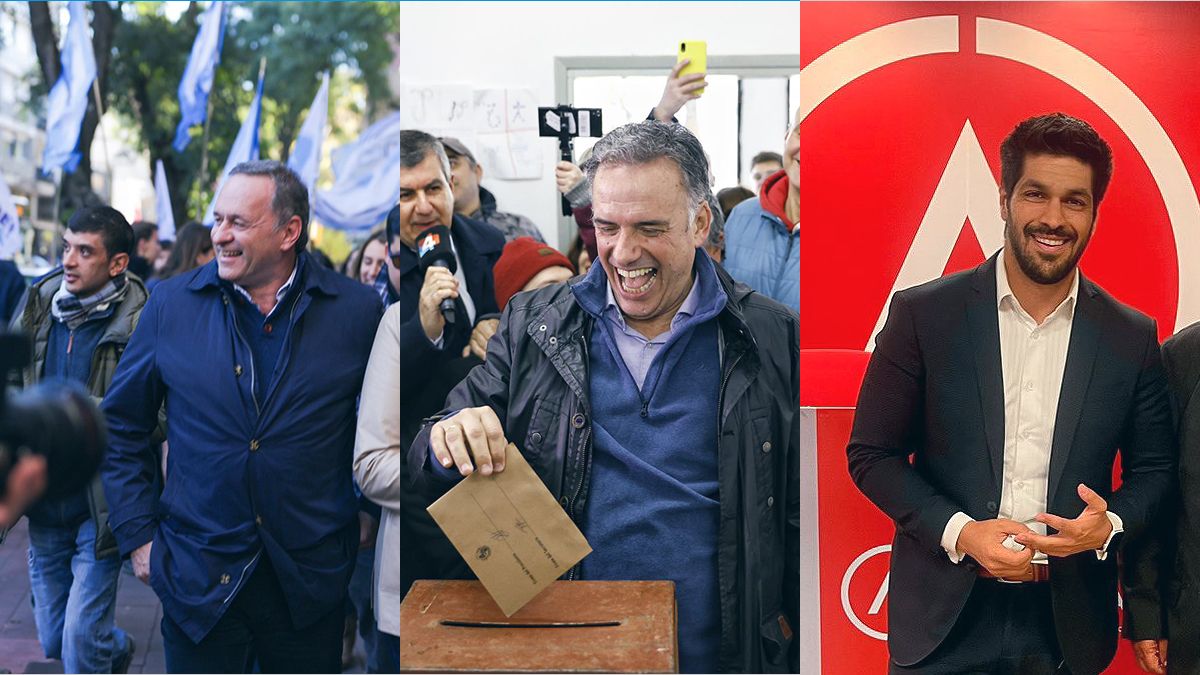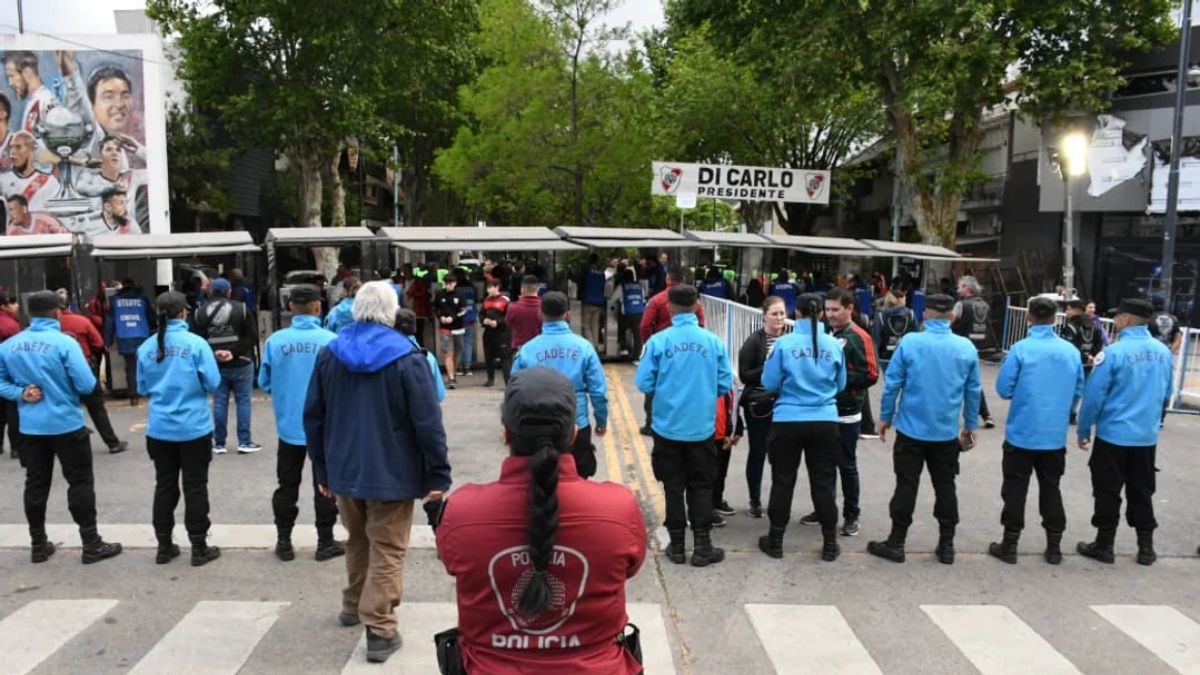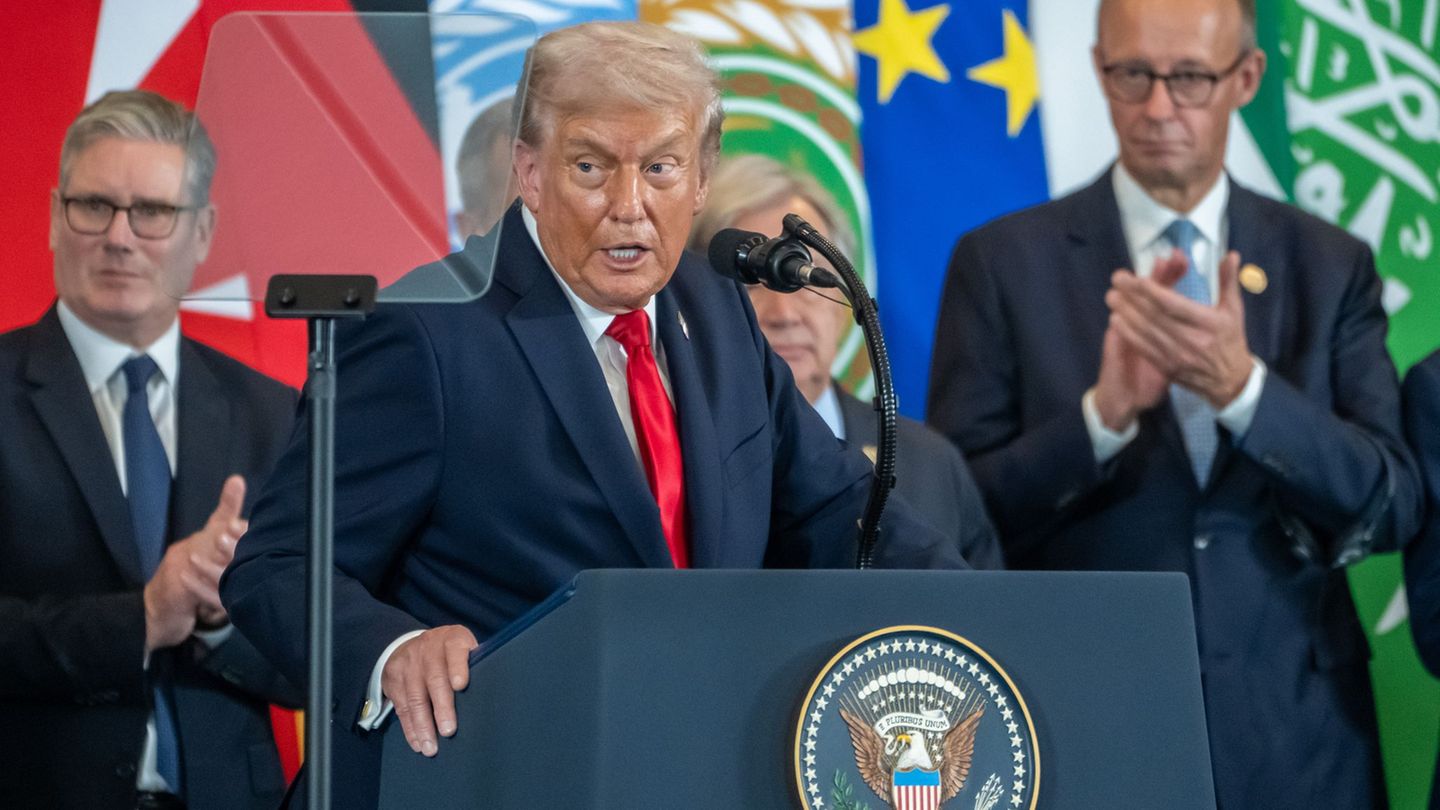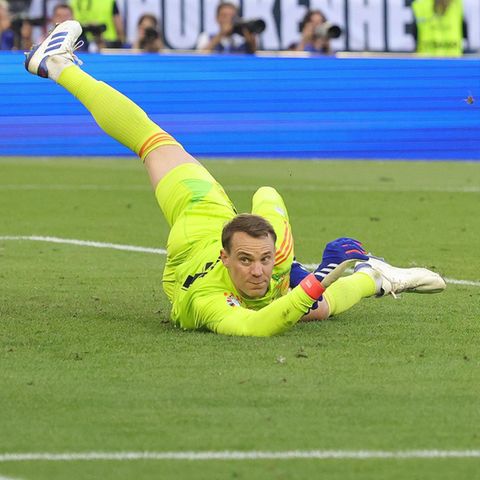At the beginning, Gadea, director of the Heartbeat consultancy, defined the election as competitive. “It seems very favorable to the opposition or more favorable to the opposition. If we look, for example, at the activity rate or the level of employment As the real wagewe can say that we are at pre-pandemic levels. That card falls in favor of the ruling party. But that changes when we think about the income distributionwhen we see that, for example, the recovery of employment is marked in a particular quintile, quintile 5 is the one that has the best performance in employment recovery, to the detriment of quintiles 1 and 2,” he argued.
In turn, Garcé, a researcher at the political science department of FCS Udelar, analyzed that in this election there is a consensus that “it has become extraordinarily difficult to know which side the coin will end up falling on.” “The levels of uncertainty remain very high. An additional feature in this election is that the election campaign “When one begins to look at how the candidates are playing, at times it seems clear that some party is right, at other times the party that was right is wrong,” he said.
Adolfo Garce Victoria Gadea Ignacio Zuasnabar
Adolfo Garce, Hernan Bonilla, Victoria Gadea and Ignacio Zuasnabar.
Photo: @Montaldo_Pablo
Garcé defined the situation with an anecdote. “Three months ago, if I was asked how I saw the election, in a talk I said that I bet a quarter of a hamburger on the government’s reelection. After the primary, after the candidate of the party came out so well, Broad Frontof the capacity for mobilization that he had, of how quickly and well he put together the formula and of how surprising what the national party did, if you had to bet a quarter of a hamburger, you would probably have to bet it on the Broad Front,” he explained.
“It is an election with a higher level of uncertainty than ever before, in which the episodes of the electoral campaign are also causing small and large moves to take place, the small and large successes of the parties become of extraordinary importance,” he continued in his analysis.
The FCS teacher did not spare criticism of the political parties’ proposals. “We need the parties to be supportive, not to make generalities, to say how they are going to address the problem of educationwhich is the most dramatic problem in the country, to say how they are going to solve the problem of the security“, Garcé analyzed.
Finally, the director of Teams, Ignacio Zuasnabar, positioned his analysis as a scenario of “balance between blocks”. “There was a kind of midterm election with the LUC referendum. There are some elements of the climate of opinion that more or less tell us about Continuity prospects. The evaluation of the government is reasonably good. But when we look at the voting intention, it is more favorable to the Frente Amplio than to the coalition,” he said.
The political scientist added that “some rule is going to be broken this year.” “We have never had an official party lose an election to a president with more than 40% of the vote, we have never had the Broad Front lose an election if it reaches the middle of the year with more than 40% of the vote. Today we have more than 40% of the vote in the government, and we have the Broad Front with more than 40% of the vote. It is inevitable, one of these two things,” he concluded.
In the public that was summoned to the exclusive 40th floor of the World Trade Center (WTC)), in addition to analysts and political science professionals, political leaders and legislators from the ruling party were present.
Source: Ambito




